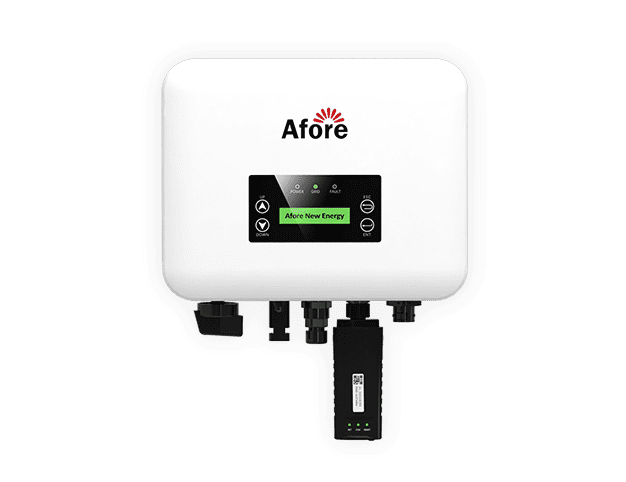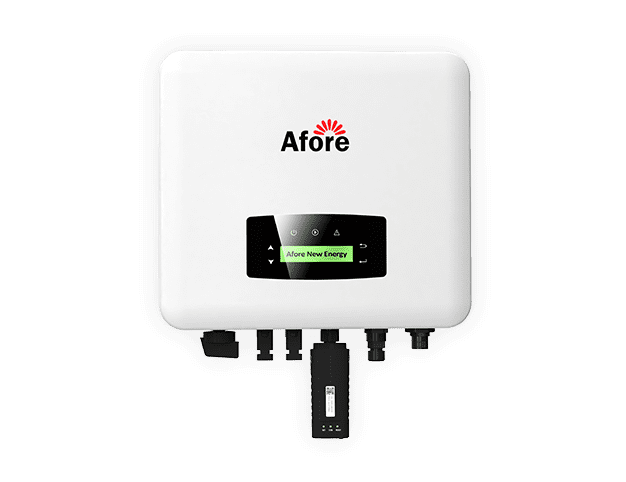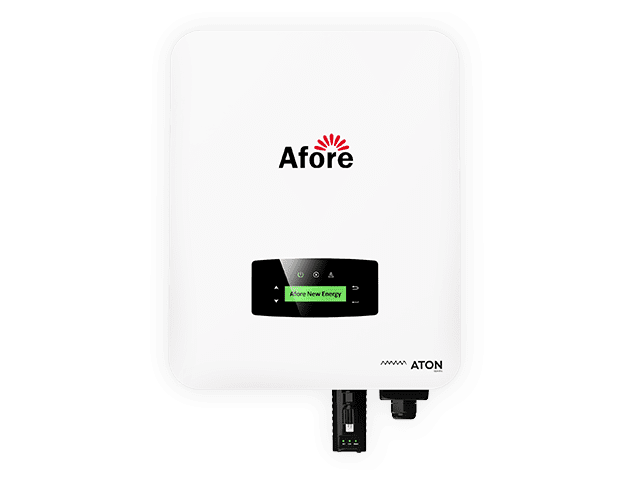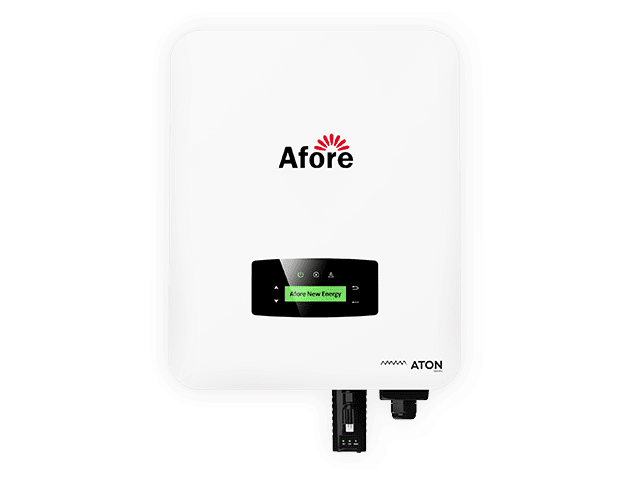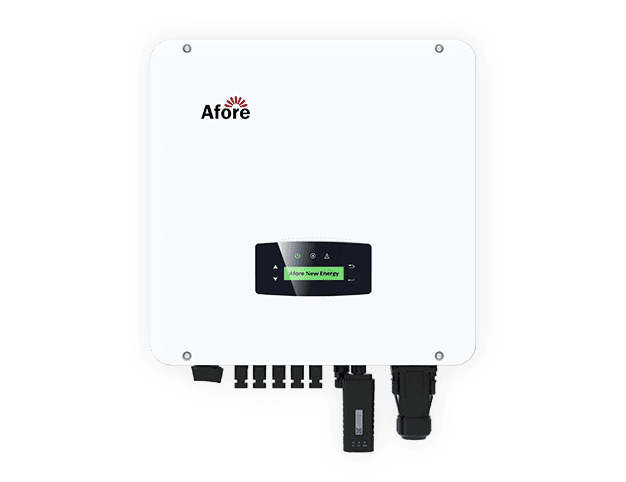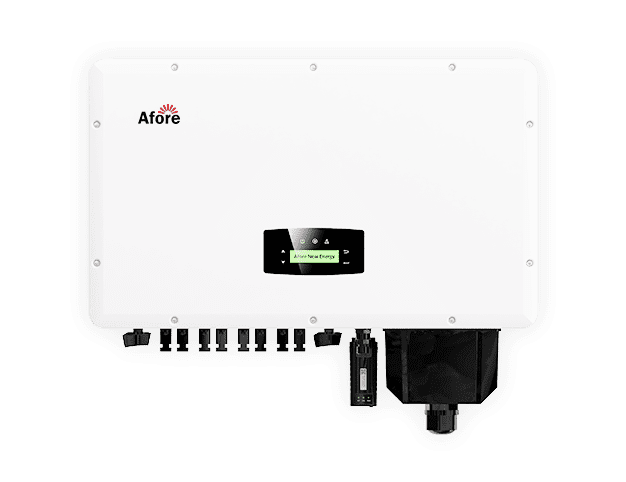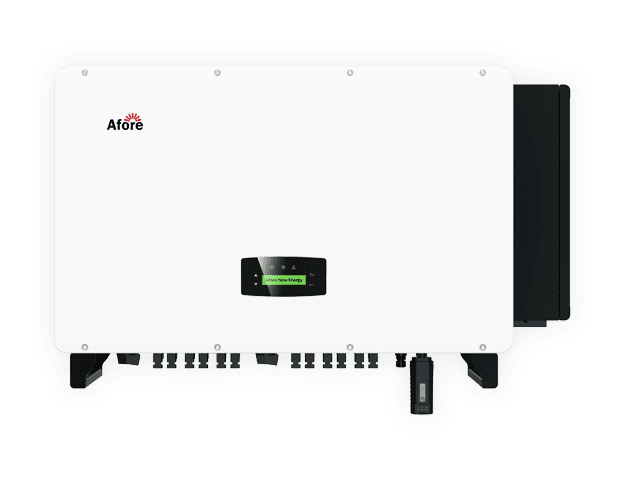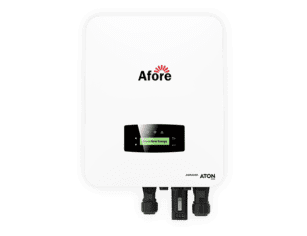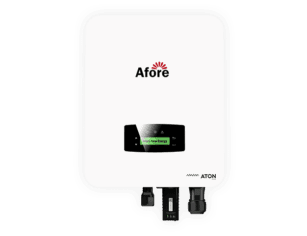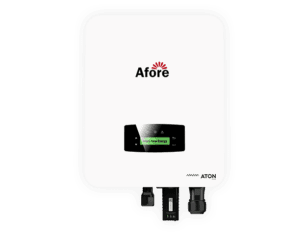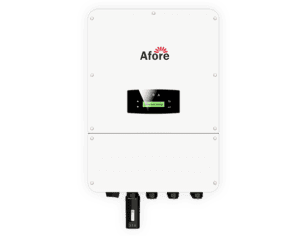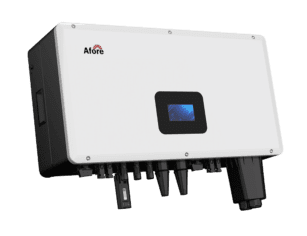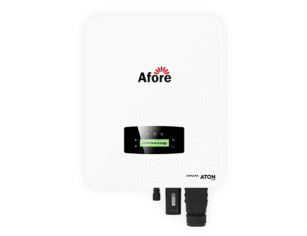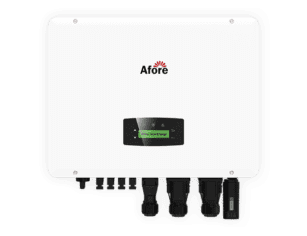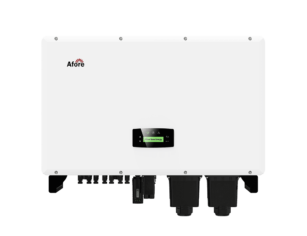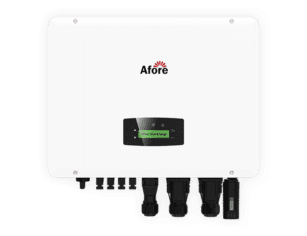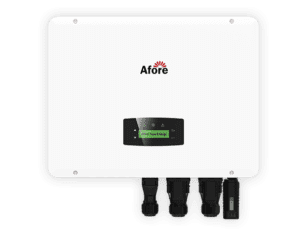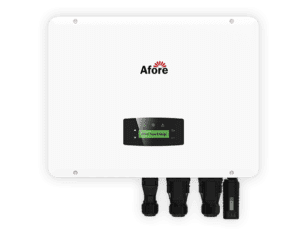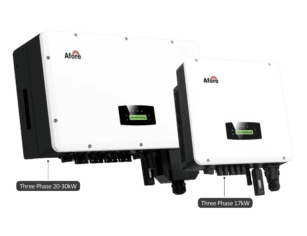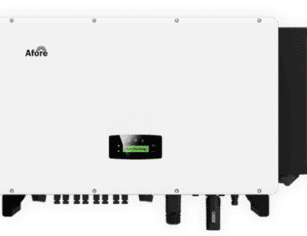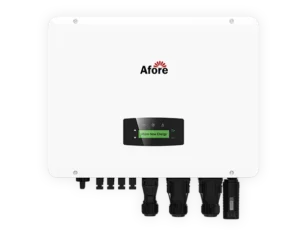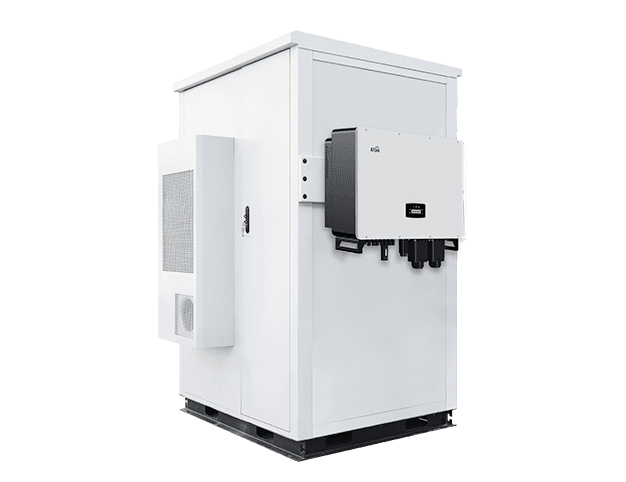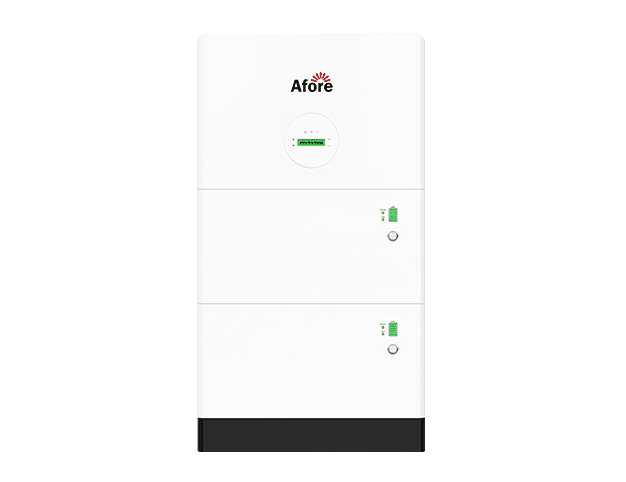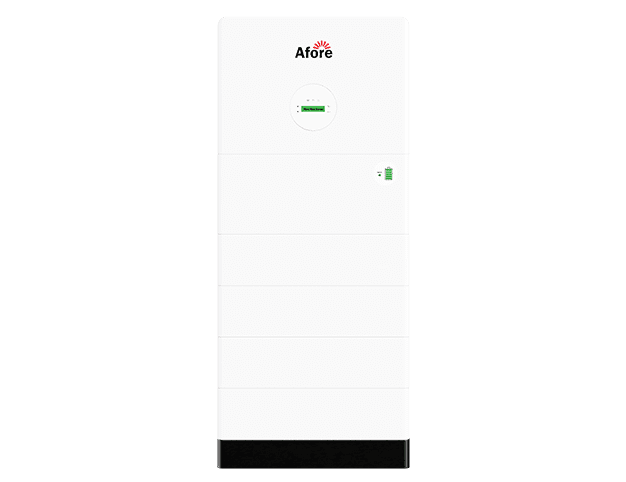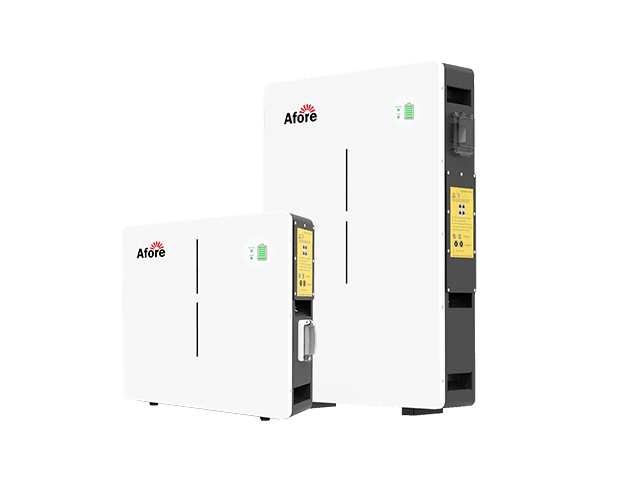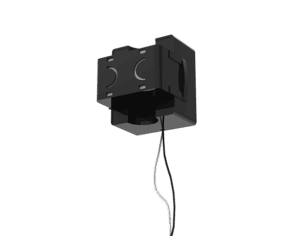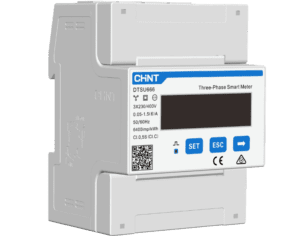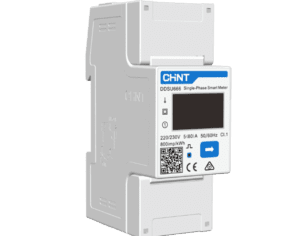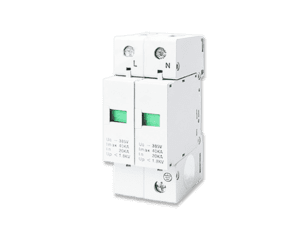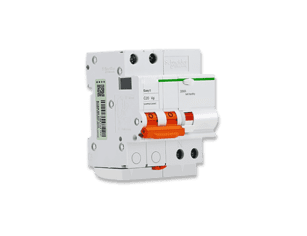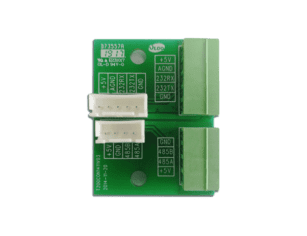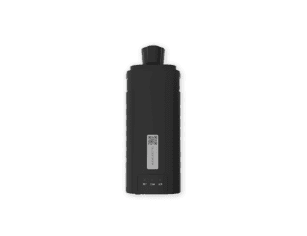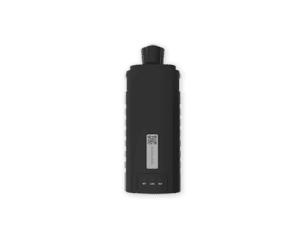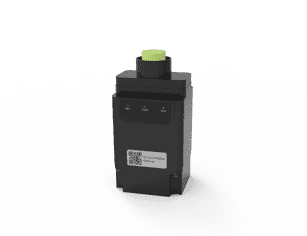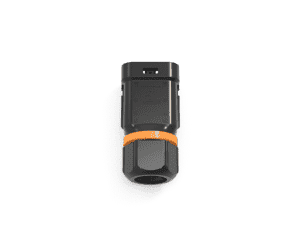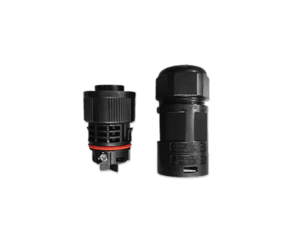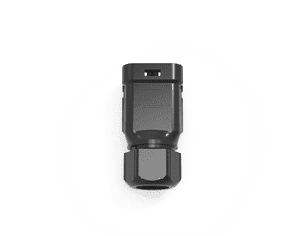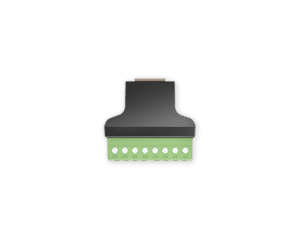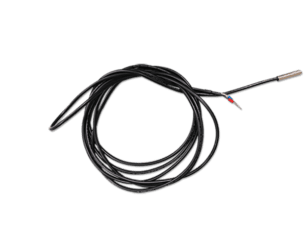The Future of Clean Energy: Exploring the Power of Solar Battery Technology

Now the world is talking about sustainable development and environmental protection, solar battery is simply a superhero to solve the energy crisis! It is relying on that photoelectric effect, the sunlight into electricity, technology and nature hand in hand, how harmonious!
Whether it is a small power station on your roof, or those remote places lack of electricity, solar batteries can handle, environmental protection and efficient. And ah, now so advanced technology, solar battery can not only be used in the home, factories, and even the aerospace field are inseparable from it, to provide a constant flow of electricity to our lives.
Then this article, let’s talk about solar battery things, such as how it works, can be used in what places, what are the characteristics of different types of solar cells. It’s guaranteed to be an eye-opening experience for you to realize how cool and promising this form of energy can be!
Basic charm of solar battery
The solar battery is not only an innovation in energy technology, but also a vivid embodiment of the harmony between human intelligence and nature.
What is a solar battery?
In the case of solar batteries and everyone likes to call it a solar storage system or a solar rechargeable battery. It’s really great at saving the electricity generated by the solar panels for later use. When the sun shines, it quietly saves the electricity, and at night or on cloudy and rainy days, it can discharge the stored electricity and continue to supply us with power.
Diversified application scenarios
On a sunny day, the bright solar panel on your roof is like a small power station. It keeps turning sunlight into electricity, and the electricity used in your home depends on it. No longer need to rely on grid electricity, their own home “green power plant” can make the house bright.
In those quiet places far from the city, power supply has always been a headache. However, with the solar battery, the problem will be solved. Whether it’s a remote mountain village or an endless prairie, as long as there is sunlight, solar batteries can generate electricity, so that everyone can also use convenient electricity to enjoy modern life.
In the vast universe, solar cells are the “energy bearer” of spacecraft. Satellites, detectors, these are relying on solar batteries to power, in order to work steadily in space, for human exploration of the universe to help fuel.
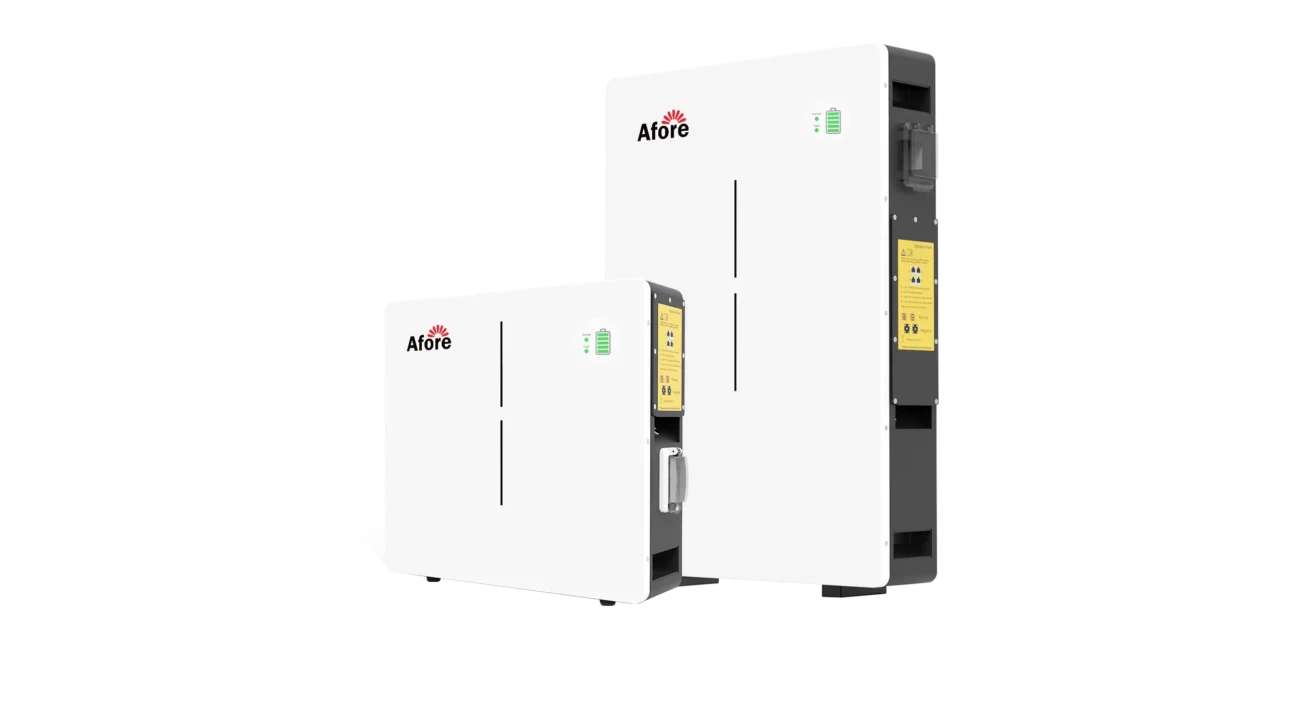
Types of solar batteries
There are many different types of solar batteries, and they each offer unique performance benefits. Next, we’ll take an in-depth look at a few common types of solar cells. These include liquid-rich sealed lead-acid batteries, LiFePO4 solar cells, lithium-ion batteries, nickel-cadmium batteries, and liquid flow batteries.
Lead-acid batteries
Lead-acid batteries are a type of solar battery. The working principle of a lead-acid battery is based on a chemical reaction between lead plates and a solution of sulfuric acid electrolyte. When the sulfuric acid reacts with the lead plates, it is able to generate an electric current, which in turn provides power to the solar system. The cost of these batteries is usually low, making them a popular choice for a variety of applications, especially where cost is a high priority.
There are two main types of lead-acid batteries: liquid-filled and sealed. Liquid-filled lead-acid batteries require regular inspection and replenishment of the electrolyte to maintain their performance. Sealed lead-acid batteries, on the other hand, have a sealed design that eliminates the need for frequent maintenance, making them more suitable for users who don’t want to take care of their batteries on a regular basis.
Liquid-rich lead-acid battery
A liquid-rich lead-acid battery is actually a type of solar cell. It is full of sulfuric acid electrolyte, and this electrolyte soaks up all the lead plates in the battery, so that the battery is stable and always powered. This is really quite a great design that allows the battery to hold more power and also last longer.
Due to the mature technology of liquid-rich lead-acid batteries, which have been tested in the market for many years, their performance is stable and reliable, and they do not require frequent maintenance. This enables users to save a lot of trouble in the process of use, and also reduces the cost of use.
Liquid-rich lead-acid batteries are larger and heavier, which makes it difficult to carry and install. For scenarios that require frequent movement or restricted installation locations, such as portable solar power or space-constrained installation environments, liquid-rich lead-acid batteries may not be the best choice. Their large size and weight not only increase the difficulty of transportation and installation, but also may cause inconvenience to the overall design and use of the equipment.
Liquid-rich lead-acid batteries, which have a somewhat shorter life after a long time, have to be replaced with new ones periodically. It’s life span is really a bit short compared to those new solar batteries. If it is charged and discharged more often, its performance will deteriorate, and in the end, you have to replace it with a new one. Moreover, you need to know how to install and how to use the new battery, in order to ensure that the new battery works properly.
Sealed lead-acid batteries for solar energy systems
The sealed lead-acid batteries, or SLA batteries as they are often called, which are specifically designed for use in solar energy systems. Why is it called “sealed”? This is because it is fully enclosed and the electrolyte will not leak, which is very safe. Besides, you don’t need to check the water level and clean the terminals all the time, so it’s super easy to maintain.
Among them, the gel solar cell is quite special, the silica gel is suspended in sulfuric acid, very stable, long-lasting and reliable power. It has no liquid electrolyte, more secure, no fear of leakage and no fear of overflow, commonly used in solar power systems.
Besides the economic aspect, it is affordable to buy lead-acid batteries anywhere, and they are widely used, which is especially liked by small businesses. Recyclability is also quite good, there is a lot of recycled lead in them, which is environmentally friendly and saves resources.
Performance-wise, sealed lead-acid batteries aren’t bad either. Durable, resistant to extreme temperatures, whether hot or cold can be stable power supply, when it is critical to rely on.
Nevertheless, it has its drawbacks. Low energy density, less storage, some high energy demand or small places, it is not very good. The lifespan is only 3-5 years, you have to change it regularly, and the cost goes up. Also, charging and discharging is slow, and system response and efficiency may be affected.
LiFePO4 battery
The LiFePO4 battery is actually a type of solar battery. It uses lithium iron phosphate as the cathode material, which is really quite special.
First of all, LiFePO4 batteries are super safe, you don’t have to worry too much about it getting out of control or exploding because it’s chemically stable and the electrolyte is not flammable.
Plus, its lifespan and energy density, that’s really nothing to write home about. The number of cycles can reach thousands of times or more, that is to say, after charging and discharging many times, the performance is still very stable.
What’s more, the LiFePO4 battery has superb temperature adaptability and great fast-charging capabilities. No matter how cold or hot the weather is, it can work steadily without a significant drop in performance. Coupled with the ability to quickly charge, energy density and high, so especially suitable for those who need to quickly charge portable devices and solar energy systems, small and lightweight package can store a lot of energy it.
However, from the point of view of cost, LiFePO4 battery is indeed more expensive than other types of batteries, such as lead-acid batteries. This limits its mass adoption.
Also, compared to other batteries, such as lead-acid batteries, LiFePO4 batteries have a lower voltage. This means that if you want to achieve the same voltage level, you may have to use more LiFePO4 batteries in series, which increases the overall cost and complexity of the system.
Lithium-ion solar battery
Lithium-ion solar battery, to put it plainly, is to connect a number of lithium-ion batteries together, either in series or in parallel, so that the electricity generated by the solar panel during the day can be stored. Stored electricity, when we need to use, it can be stable power supply, to ensure that we live and work in the power constantly.
The biggest advantage of this battery is that it has high energy density and can store more electricity in the same place, which is especially suitable for the kind of system that needs to generate electricity in a small place.
Moreover, this battery is particularly durable, if used properly, ten years will not be a problem, than many other batteries are long-lived. In this way, the number of times to change the battery is less, spend less money, but also environmental protection, there will not be so many waste batteries to pollute the environment.
Charging is also fast, even if the day is not good, less sunshine, but also can hurry to charge, to ensure that the power. It is also convenient to use, do not have to wait for the power to be discharged before charging.
However, this thing also has a disadvantage, if you are not careful when using or storing, it may catch fire and explode or something, especially if the battery is broken, the chemicals inside run out of trouble. So, when you use this battery, you must be careful and follow the rules.
Then there is, this battery price is also high, want to use a large-scale, a little expensive. Although the technology has advanced and the price has dropped a bit, it is still more expensive than other batteries.
Finally, the recycling of this battery is also a problem, because there are many chemicals inside, recycling is quite complicated and expensive. If not handled well, it may also pollute the environment, and it is also troublesome to manage.
Nickel-cadmium batteries
Nickel-cadmium batteries are pretty awesome. It is not afraid that you charge too much electricity or discharge too much electricity, it is quite safe to use, will not be because of operational errors on the battery damaged or out of any safety accidents. So, in those who have to always be charging and discharging place, nickel-cadmium batteries are particularly reliable.
Moreover, nickel-cadmium batteries are not afraid of cold, winter or cold places can also work well. No matter how hot in the summer, how cold in the winter, it can steadily store electricity.
In addition, nickel-cadmium batteries have a long lifespan, and after many times of charging and discharging, they can still maintain a good state. So you don’t need to change batteries all the time, saving money and worry. In addition, it discharges quickly, suitable for those who need to discharge a lot of electricity at once, such as solar power systems, emergency lights, power equipment and so on.
However, nickel-cadmium batteries also have a disadvantage, that is, it has a heavy metal called cadmium, bad for the environment. If not properly handled, may release toxic stuff, not good for people or the environment.
Besides, nickel-cadmium batteries have a memory effect, that is, it will “remember” their charge and discharge capacity. If you are not always fully charged to use, its capacity will slowly become smaller. So, in order to let the nickel-cadmium battery live longer, you have to let it completely discharged periodically and then discharged, quite troublesome.
Also, NiCd batteries don’t have a high energy density. Compared to newer technologies like lithium-ion batteries, they take up more space and are heavier for the same amount of charge. So, in places where you need to store a lot of electricity, but can’t be too heavy or too big, NiCd batteries may not be suitable.
Fluid flow battery
A flow battery, also known as a redox flow battery, is a battery that recharges. How does it work? It works by having two things dissolved in a liquid with a membrane between them. This design not only allows the battery to store and discharge electricity, but it also has many benefits.
Liquid flow batteries are especially good at storing electricity, which makes them ideal for large solar power plants. It can adjust as much power as you want to store, ensuring that the power station runs steadily and efficiently. Moreover, the liquid flow battery lasts a long time because the electrolyte liquid inside can be changed, and the battery performance will not be affected. Its efficiency is also very high, all the electricity stored can be turned into electricity that can be used. Fluid batteries are also very safe, the chemicals inside are not poisonous and do not catch fire easily, so the risk of something happening is much smaller.
However, the technology of flow batteries is not yet mature, and they are still in the research and development stage. That means it may not be that reliable yet, and it needs to be improved.
The cost is also an issue. Liquid flow batteries have a complex structure, and additional components have to be added. For example, pumps, tanks, pipes and so on. So the cost of construction is high. This makes it less competitive with cheaper energy storage technologies in price-sensitive markets.
Fluid flow batteries also have low energy and power densities. Low energy density means that for the same amount of electricity, it takes up more space and is heavier. Low power density means that it may not be able to discharge too much electricity at once, so it is not very suitable for electric vehicles, grid storage systems and other occasions that require high power output.
Tips for choosing the type of solar battery
How can we choose when faced with a wide variety of solar batteries? The following are some useful tips for selection.
Battery size
The first key point in choosing a solar battery is the battery size. According to the actual application scenarios and needs, choose the right battery size. For example, solar panels on the roof of a home can be selected with moderate size and easy to install batteries; while large solar power stations need to select large capacity and high efficiency batteries.
Cost
This second point in choosing a solar battery is the cost. Cost is an important factor to consider when choosing solar batteries. The cost of different types of batteries varies greatly, so the choice needs to be made according to the budget. It is wise to choose a cost-effective battery while ensuring performance.
Battery capacity
The third important point to consider when choosing a solar battery is the battery capacity. Battery capacity determines the energy storage capacity of the battery. Choose the right battery capacity according to the actual needs to ensure that it can provide enough power when there is insufficient light or peak electricity consumption.
Battery life
The fourth key point in choosing a solar battery is battery life. The battery life is one of the most important measures of a battery’s performance. Choosing a battery with a long life and consistent performance will reduce the frequency and cost of battery replacement.
Efficiency
It is important to note that the fifth key point in choosing a solar battery is efficiency. The efficiency determines the ability of a solar cell to convert sunlight into electricity. Choosing a high efficiency cell will increase the utilization of solar energy and thus increase the amount of electricity generated.
Power Rating
It is important to note that the sixth point in choosing a solar cell is the power rating. Power rating is the maximum output power that a solar cell can provide under standard test conditions. In choosing a battery with a moderate power rating, you can be sure that it will be able to provide enough power when there is enough light.
Afore: making the best type of battery for solar energy
There is no doubt that Afore is a trustworthy brand in the field of solar cells. They are dedicated to develop the most suitable type of battery for solar energy and provide users with efficient, stable and reliable energy solutions.
Low voltage stackable energy storage batteries
Afore’s low voltage stacked energy storage battery is a really clever design! It’s modular. Want to increase battery capacity? Simple, just stack it, it’s very convenient, and you can adjust it according to your power needs. And not only does it perform well, it’s also stylish, so it looks great wherever you put it!
Parameters:
Nominal Voltage(Vdc):51.2V
Nominal Capacity(Wh):2560Wh/5120Wh
Working Voltage Range(Vdc):44.8-56.16V
Charge Voltage(Vdc):58.4V
Nominal Charge/Discharge Current(A):50A
Max.Charge/Discharge Current(A):100A
IP Rating:IP65
Installation:Stacked
Cycle Life:6000 @ 80% DOD, 25°C / 0.5C
Dimension(mm):600*210*300mm
Weight(kg):50.5kg

Wall mounted energy storage batteries
This is the very stylish and space-saving energy storage device that has been created just for us! It is designed to be compact and easy to install, hang it anywhere and it will match your surroundings perfectly. No matter you are at home, office, or other business place, this wall mounted device from Afore can provide you with stable and efficient energy storage, so that you can use energy more rationally and waste less.
| Model | AF5000W-LF | AF10000-LG |
| Parameter | ||
| Nominal Voltage(Vdc) | 51.2 | 51.2 |
| Nominal Capacity(Wh) | 5120 | 10240 |
| Working Voltage Range(Vdc) | 44.8-56.16 | 44.8-56.16 |
| Charge Voltage(Vdc) | 58.4 | 58.4 |
| Nominal Charge/Discharge Current(A) | 50 | 100 |
| Max.Charge/Discharge Current(A) | 100 | 200 |
| Peak Current(A) | 200@3sec | 400@3sec |
| Parallel Connection | ≤16 pcs | ≤16 pcs |
| Cycle Life | 6000@80% DOD,25℃/0.5C | 6000@80% DOD,25℃/0.5C |
| Structure | ||
| Dimension(mm) | 520*470*142 | 800*590*142 |
| Weight(kg) | 47.2 | 93.5 |
| IP Rating | IP65 | IP65 |
| Installation | Wall mounted/Floor stand | Wall mounted/Floor stand |

High voltage stacked energy storage batteries
Afore’s high voltage stacked energy storage battery is really great! Its single module is small and lightweight, easy to install in a few clicks, and you can easily customize the battery combination according to your needs. Moreover, because of the reliable BMS system and high-performance equalization technology, the battery becomes particularly intelligent and flexible, and the discharge platform is stable.
More powerful is that this battery module also has a new type of hot aerosol fire extinguishing device, the fire extinguishing effect is strong, but also particularly reliable. At a critical moment, it can immediately start, rapid fire extinguishing, to protect our people and property from harm.
| Model | AF2500W-HB | AF5000W-HC |
| Parameter | ||
| Nominal Voltage(Vdc) | 51.2 | 51.2 |
| Nominal Capacity(Wh) | 2560 | 5120 |
| Working Voltage Range(Vdc) | 129.6-516.6 | 129.6-350.4 |
| Charge Voltage(Vdc) | 56.16 | 56.16 |
| Nominal Charge/Discharge Current(A) | 25 | 50 |
| Max.Charge/Discharge Current(A) | 50 | 100 |
| Peak Current(A) | 100@3sec | 200@3sec |
| Series Connection | 3-10 pcs | 3-6 pcs |
| Cycle Life | 6000@80%DOD, 25℃/0.5C | 6000@80%DOD, 25℃/0.5C |
| Structure | ||
| Power Module Dimensions(mm)/Weight(kg) | 600*210*250/14 | 610*225*250/15 |
| Battery Module Dimensions(mm)/Weight(kg) | 600*210*160/27 | 610*225*250/52 |
| Lampstand Module Dimensions(mm)/Weight(kg) | 600*210*90/5 | 610*225*90/5.5 |
| Top Cap Module Dimensions(mm)/Weight(kg) | 600*210*50/2.5 | 610*225*50/3 |
| IP Rating | IP65 | IP65 |
| Installation | Stacked | Stacked |

Conclusion
Solar battery, this clean and renewable little power, its prospects are simply blindingly bright, the potential is boundless!
It is like a tireless power station, silently for us to send a steady flow of electricity, but also super environmental protection, can help us reduce carbon emissions, to protect the blue sky and green land. With the continuous progress of science and technology, the market is also hot day by day, solar battery is going to play a big role in more fields!




